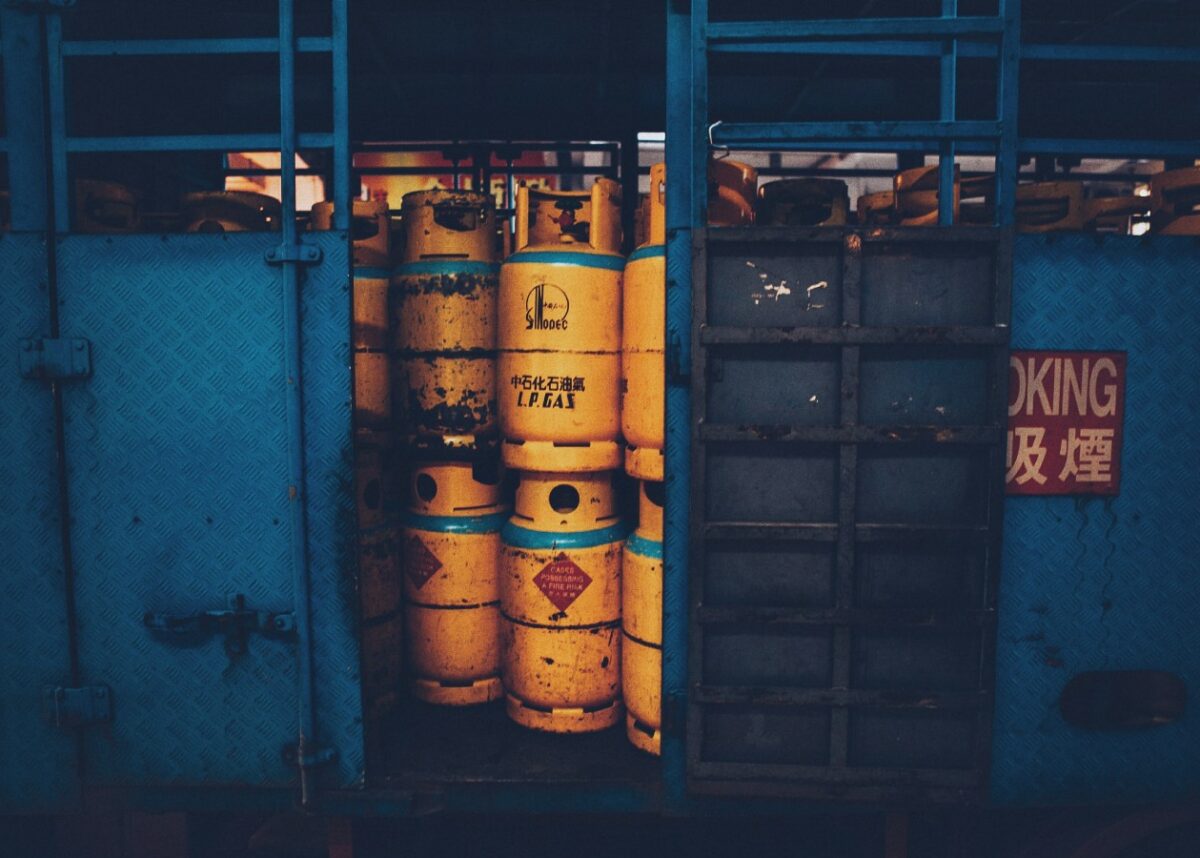Tom Baxter, University of Aberdeen
Blue hydrogen is often touted as a low-carbon fuel for generating electricity and storing energy, powering cars, trucks and trains and heating buildings. But according to a new report by Cornell and Stanford University researchers in the US, it may be no better for the climate – and potentially a fair bit worse – than continuing to use fossil natural gas, which currently keeps 85% of UK homes warm. In the US, about half of all homes use natural gas for space and water heating.
So what is hydrogen fuel – and what makes it blue?
According to the International Energy Agency, 96% of hydrogen produced worldwide is made using fossil fuels – coal, oil and natural gas – in a process known as reforming. This involves combining fossil fuels with steam, and heating them to around 800°C. Eventually, you get carbon dioxide (CO₂) and hydrogen.
These two gases are then separated. The CO₂ is often emitted to the atmosphere where it contributes to global heating, and the hydrogen is extracted and used in everything from car engines to boilers, releasing water vapour.
The hydrogen rainbow
Grey hydrogen is the most common form. The colour simply denotes how it’s made, and this kind is generated from natural gas (which mostly consists of methane and ethane), the fossil fuel which powers most gas boilers and stoves and which scientists have identified as an important source of carbon emissions that governments need to eliminate.
Brown hydrogen uses lignite coal (also known as brown coal, generated over millions of years by compressed peat deposits) or oil. Black hydrogen is produced using bituminous coal – a tar-like substance.
The process of extracting hydrogen from all of these options emits CO₂ to differing degrees, and so they are not a suitable pathway for reaching net zero emissions with hydrogen.
Green hydrogen, meanwhile, is produced by using zero-carbon electricity – such as that generated by wind turbines or solar panels – to split water into hydrogen and oxygen. The process is carbon-neutral, but green hydrogen is very expensive, and is expected to remain so until at least 2030.
But blue hydrogen, it’s hoped, particularly by the US and UK governments, is different. Blue hydrogen is produced using the same reforming process that is used to create grey, brown and black hydrogen, but the CO₂ that would ordinarily be released is captured and stored underground. Carbon capture and storage equipment is expensive, raising the price of the fuel, but it at least provides for low-carbon fuel production at a lower cost than green hydrogen.
Or does it?
Out of the blue
The process of making blue hydrogen also requires a lot of energy. For every unit of heat in the natural gas at the start of the process, only 70-75% of that potential heat remains in the hydrogen product. In others words, if the hydrogen is used to heat a building, you would need to use 25% more natural gas to make blue hydrogen than if it was used directly for heat.
And as reported by the US Environmental Protection Agency, methane – the primary component of natural gas and a byproduct of using it to produce blue hydrogen – is a much more potent global warming gas than CO₂ over shorter timescales. On a 100-year basis, methane has a global warming potential 28-36 times greater than CO₂, so one molecule of methane in the atmosphere has the same effect as around 30 molecules of CO₂.
In the first study of its kind to consider blue hydrogen’s environmental impact over its entire lifecycle, the US researchers found that methane emissions released when the fossil natural gas is extracted and burned are much less than blue hydrogen. More methane needs to be extracted to make blue hydrogen, and it must pass through reformers, pipelines and ships, providing more opportunities for leaks: enough, the research indicates, to make blue hydrogen 20% worse for the climate than just using fossil gas.
The new study casts doubt on the role that blue hydrogen might play in cutting greenhouse gas emissions from sectors like heating and heavy industry.
As these new findings are picked over by the energy community, it’s worth wondering how the news will be received in Westminster and Washington. The UK government is due to publish their delayed hydrogen strategy, which should set out where hydrogen will feature in the country’s decarbonisation strategy. What is certain is that blue hydrogen may not be as green as it once appeared.
Tom Baxter, Honorary Senior Lecturer in Chemical Engineering, University of Aberdeen
This article is republished from The Conversation under a Creative Commons license. Read the original article.












